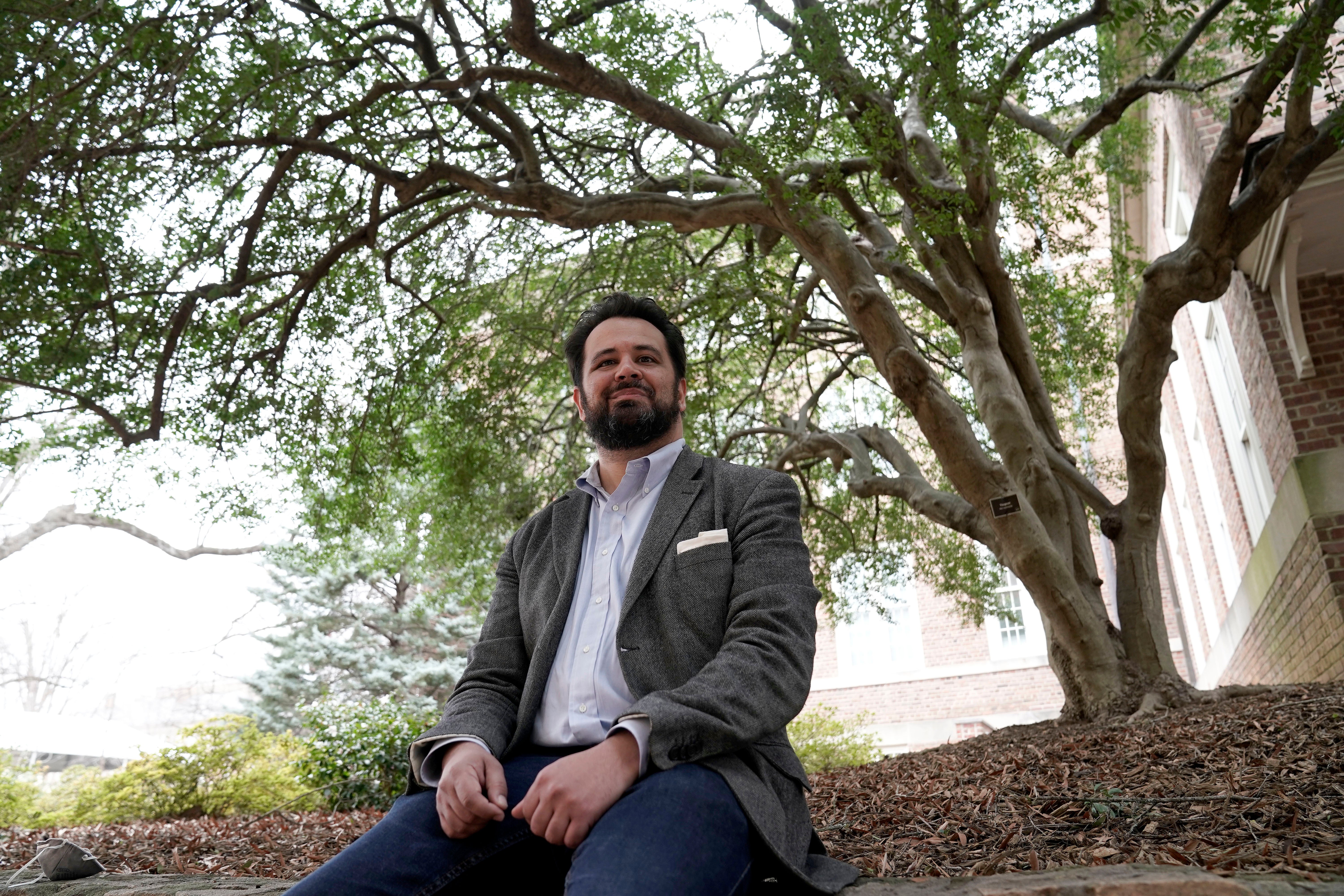

35) use an intention-based criterion: "The dominant function is the one that answers the question, 'With what intention was this message transmitted?' and the secondary functions are there to support it." We must distinguish the intention associated with each fragment from the overall intention, which is "a sentence or series of sentences that corresponds to an intention" (1995, p. Various criteria can be used to establish the functional hierarchy. Where more than one function is present, we will establish either: (1) a simple hierarchy, by identifying the dominant function and not ranking the other functions, or (2) a complex hierarchy, by specifying the degree of presence of some or all of the functions. We will assume that while one or more – or even all – of the functions of language may be absent in short units (such as an isolated sign), lengthy units can activate all of them. But here, we are interested in particular relations or functions. Consequently, relations are established between all of the factors, particularly between the message and the other factors. Each factor must be present and concordant in order for communication to succeed. In a proper analysis, we start by determining whether each of the functions of language is present or absent. 2.2 THE FUNCTIONS: PRESENCE AND HIERARCHY

metasemiotic (in order to extend the function to any semiotic act, such as an image), 6. denotative, cognitive, representative, informative, 2. Some other names for the functions are: 1. (A different name often indicates, insists on, reveals, hides, or even results in an important conceptual difference.) Some other names for the factors are (numbers refer to the table above): 1. Several competing names have been proposed for the "same" factors and functions.
#The message 1976 languages code#
"(1) the referential function is oriented toward the context (the dominant function in a message like 'Water boils at 100 degrees') (2) the emotive function is oriented toward the addresser (as in the interjections 'Bah!' and 'Oh!') (3) the conative function is oriented toward the addressee (imperatives and apostrophes) (4) the phatic function serves to establish, prolong or discontinue communication (as in 'Hello?') (5) the metalingual function is used to establish mutual agreement on the code (for example, a definition) (6) the poetic function (e.g., 'Smurf'), puts 'the focus on the message for its own sake' " (trans. This yields six functions:įactors of communication and functions of languageīriefly, these six functions can be described as follows: 28) 2.1 FACTORS OF COMMUNICATION AND FUNCTIONS OF LANGUAGEĪccording to Jakobson, any act of verbal communication is composed of six elements, or factors (the terms of the model): (1) a context (the co-text, that is, the other verbal signs in the same message, and the world in which the message takes place), (2) an addresser (a sender, or enunciator ), (3) an addressee (a receiver, or enunciatee), (4) a contact between an addresser and addressee, (5) a common code and (6) a message.Įach factor is the focal point of an oriented relation, or function, that operates between the message and the factor. The sender can give the pros and cons, defend his ideas and counter other people's ideas." (trans. In an argumentative-appellative discourse, the prompting takes the form of an argument. 27-28) believe that there are two forms of the appellative function (conative function): in a "directive-appellative discourse, the sender leads others to act without justifying his will with arguments of any kind. 25) sees the metalingual function simply as a specific subtype of the referential function. We will mention just one point of controversy here, which is the number of factors (terms) and functions (relations between the terms) the model contains and the possible subtypes of any factor or function. NOTE: THE NUMBER OF FACTORS, FUNCTIONS AND SUB-FUNCTIONS

When we analyze the functions of language for a given unit (such as a word, a text or an image), we specify to which class or type it belongs (e.g., a textual or pictorial genre), which functions are present/absent, and the characteristics of the functions, including the hierarchical relations and any other relations that may operate between them. Our purpose in this chapter is simply to suggest a few ways of exploiting the analytical potential of this device. 350-377), can be disputed on several grounds from a theoretical standpoint. The well-known model of the functions of language introduced by the Russian-American linguist, Roman Jakobson (1960, pp. Studying literature in Canada at UQAR (in French).

Figurative, Thematic and Axiological Analysis.Semiotic Process and Classification of Signs.Structure, Semiotic Relations and Homologation.


 0 kommentar(er)
0 kommentar(er)
